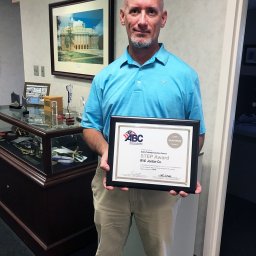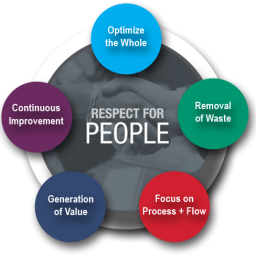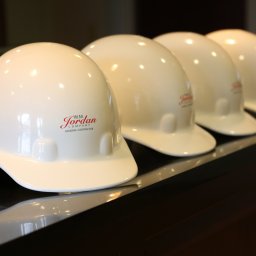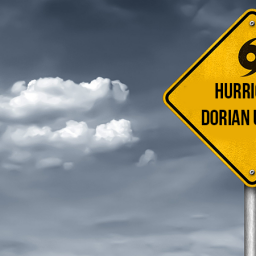Construction sites, with their myriad of workers, machines and building materials, inherently have potential hazards. These hazards can be magnified when building in a crowded area full of people going about their daily lives, like a city or college campus. In all cases, job site safety extends into the surrounding community.
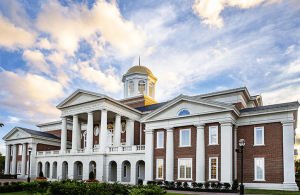
Working on a crowded college campus presents a host of challenges that are not always typical of a job site. In most situations, extensive pre-planning on how to least disrupt the students helps things go smoothly.
Along with pre-planning, WMJ Project Superintendents often work with university personnel to develop site logistic plans. Superintendents will also hold preparatory meetings with each trade-partner’s jobsite foreman. During this meeting, the Superintendent reviews the scope of work, the project schedule and all safety requirements for that specific trade. This gets everyone on the same page, and establishes the WMJ standard of safety.
“Campus Walk, a main thoroughfare at the University of Mary Washington, ran right through where we were building the new Hurley Center,” explained WMJ Vice President and Senior Project Executive Brooks Ballance. “We did a lot of research before-hand to understand how and where best to reroute Campus Walk during construction. We then did a lot of ‘public relations’ – advanced signage and communications advising people that the walkway would be moved. We ended up using a covered walkway adjacent to the site, which kept pedestrian’s safe while we used a large crane to build the building.”
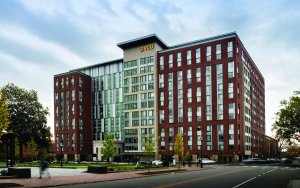
All WMJ jobs, particularly university and college projects, require extensive orientation. Safety training is standard, but trade partners are also trained to be respectful of students and limit their contact with the public as they go about their work. Workers have identification numbers on their hard hats, making them easily recognizable to the public. WMJ has a zero-tolerance policy when it comes to any inappropriate behavior concerning workers and the surrounding community.
Additionally, all workers must attend mandatory job site safety orientations before work begins. Throughout the project, all workers must comply with safety procedures as identified in activity hazard analyses and attend weekly safety meetings using topics that coincide with job activities.
W. M. Jordan Superintendents are the first line of defense against potential safety hazards. The Project Superintendent documents safety with a daily checklist and digital photos. Deficiencies are identified, brought to the attention of the parties involved, and corrective action is taken and documented.
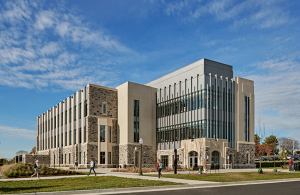
W. M. Jordan works closely with individual clients, customizing the safety plan to meet their specific needs. In lieu of WMJ’s standard fencing around the job site, many colleges request taller-than-normal barriers to keep curious college students out of harm’s way, especially during off hours when the site is empty.
W. M. Jordan Company also goes out of its way to respect students’ academic needs and the general needs of the campus calendar.
“Every job is approached with the students’ safety in mind,” said Project Manager Patrick Barbier. “The students are the real clients. Move-in days, quiet days prior to finals, graduations…even football games; we alter our plans to accommodate these events.”
WMJ attempts to do the most disruptive work on college campuses during the summer or during a scheduled break. While working on Virginia Tech’s Holden Hall, deliveries were scheduled at 4 a.m. This prevented traffic problems and caused minimal disruption during the day as busy students moved about the campus.
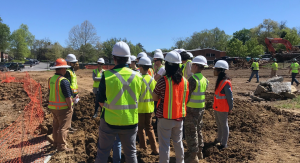
Of course, all WMJ job sites have standard safety procedures. Foremen and superintendents are CPR certified, and emergency plans are always in place. These plans are practiced in conjunction with local emergency services so that everyone knows what they are doing in the case of an emergency.
Our project teams love sharing their work and their knowledge with building construction students when possible. WMJ frequently gives job site tours to construction classes, giving them an inside perspective of how a job site works.
As W. M. Jordan’s number one priority, safety extends beyond the job site and into the surrounding community. Getting everyone home safely each night is always the goal – and a good safety plan helps us achieve that.


